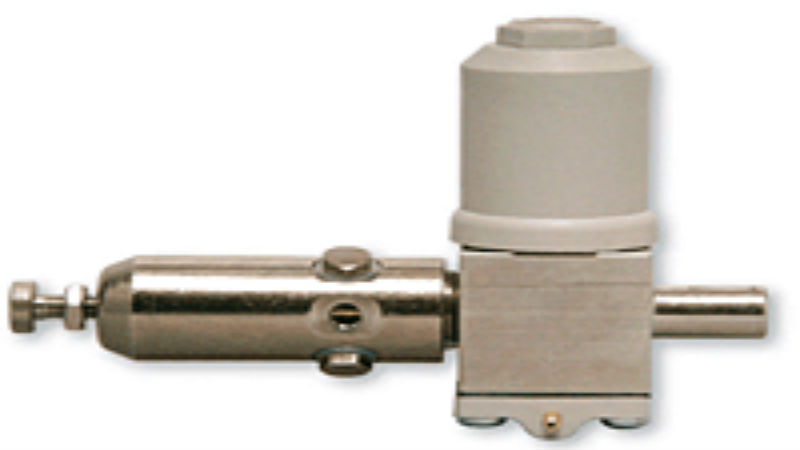The use of a check valve is common in all types of systems with a wide variety of media. This can include liquids, gases, and even air, and having pneumatic check valve in place can have a significant impact on performance and life cycles of air compressors and other critical components in a pneumatic system.
Like all check valves, the role or the purpose of the pneumatic check valve is to prevent backflow through the valve. This is done by configuring the valve with a specific cracking point, or point at which the valve will close to prevent the backflow of the air through the system. This point is determined as the difference in the upstream and the downstream pressure or the inlet and outlet pressure.
It is sometimes easier to think of a check valve by its more common names, a one-way or non-return valve. The valve must be installed in the correct position within the line, and most of the valves are clearly marked with an arrow to ensure correct positioning in the system.
The Value of Check Valves
In pneumatic systems, the check valve is critical in maintaining higher pressure on the inlet side of the valve, eliminating the risk of air flowing back up the system. Should this occur, air compressor tank pressures would drop, the engines would continually run to try to boost the tank pressure, and it would be impossible to create the desired pressure through the system to the end connector.
Additionally, the pneumatic check valve helps to prevent moist external air from backflowing into the tank, potentially creating corrosion and reducing the system’s potential duty cycle.







